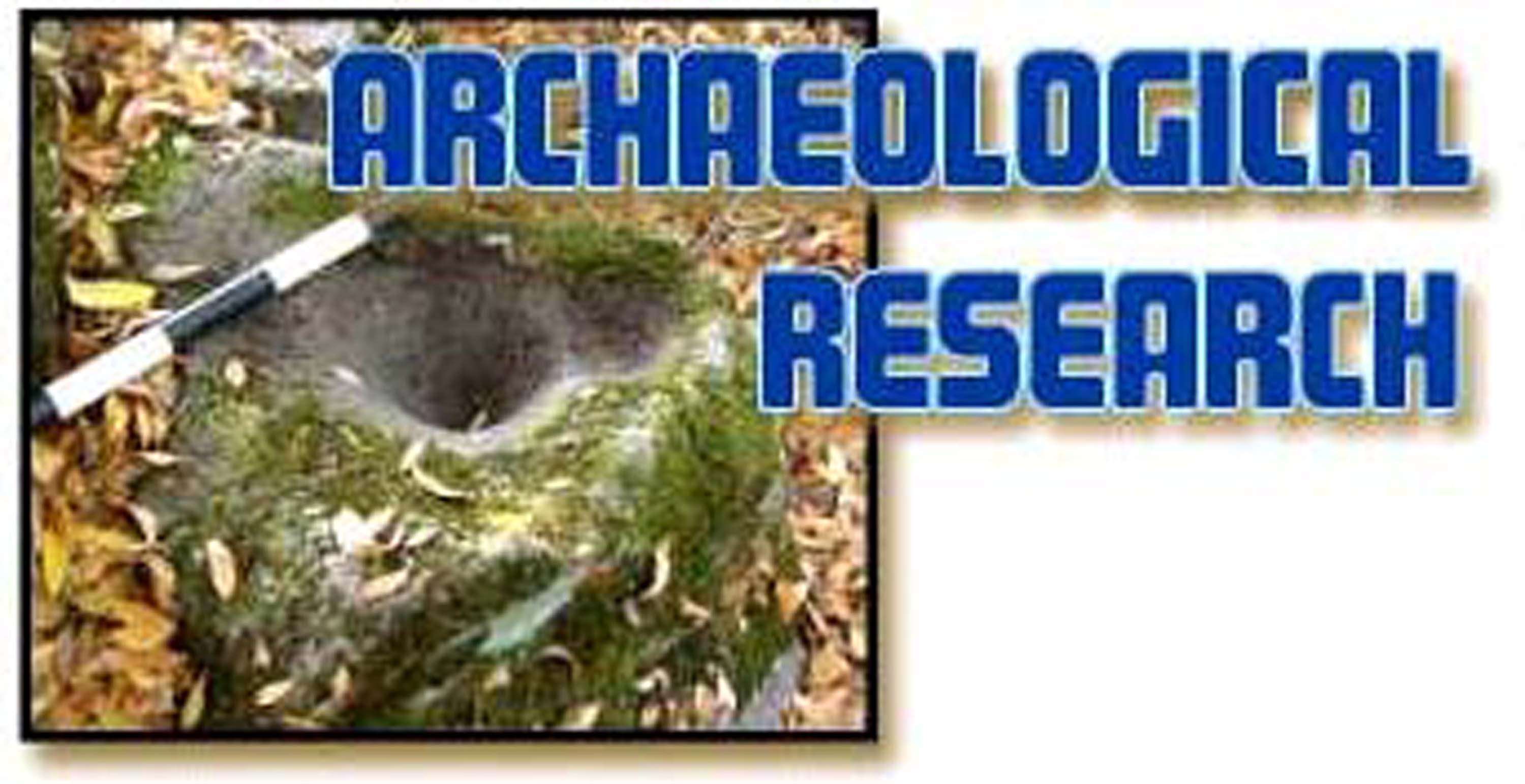Elem Historic Feature 4





Mine waste excavation beneath the western road encountered historical artifacts between lots 12 and 13. The feature was well defined and contained blown glass, EuroAmerican ceramics, burned ash and rusty metal covering an area 10.5 meters in diameter. The feature area was flagged and its boundary spray-painted to keep construction workers and equipment out.
The mine waste had been removed and it was anticipated that the feature would be protected and preserved beneath the clean fill and road construction. With the understanding that the feature would be protected, only a 5-gallon bucket sample (for ¼” processing) and a 2,000cc sample (for 1/8” processing) were obtained from the feature. In addition, any diagnostic artifacts exposed on the surface of the feature were collected and processed.
Graphs of material recovered in the 5-gallon volume-controlled sample indicate that EuroAmerican manufactured material dominated with glass, stone tool manufacturing, dietary shell, ceramics, and bone filling out the rest. The 1/8” screened sample recovered more dietary bone than anything else, but manufactured material was a close second with glass, chipped stone, and dietary shell also recovered.
EuroAmerican Other
This manufactured material included square nails (3), sheet metal, a horseshoe, brass boat hardware, steel washer, leather, and a percussion cap (H4-12).
EuroAmerican Glass
Glass included parts of a car headlamp, four alcohol bottles, one cologne bottle (purple glass), and 4 unidentifiable bottles. The two bottle fragments that could be identified were hand-blown indicating manufacture before 1917.
EuroAmerican Ceramics
Ceramics included stoneware, creamware, and porcelain. Identifiable pieces included parts of one main course plate, one cup, one saucer, and one washbasin.
Asian Ceramics
No Asian ceramics were recovered from this feature.
Bone

The volume-controlled samples from this feature obtained enough dietary bone to allow some basic analysis. As was expected from the ¼” sample, mammal bone weights were the highest (top graph). This is more a function of mammal bone being bigger and heavier whereas most small fish and bird bone are both lighter and smaller, tending to fall through this screen size. The 1/8” sample (bottom graph) is a more realistic indication of the relative amounts of bone at this feature.
As would be expected of a lakeshore village, fish, shore birds and migratory birds would have made up a significant amount of the protein in the diet. As this is a historic feature, it is likely that chicken is also represented.
Financial constraints prevented an analysis of bird and mammal bone, however, the abundance of fish bone recovered from the 1/8” sample was submitted for species analysis (Gobalet 2007).
Of the individual bone that could be identified, 31 were from the minnow and carp family (Cyprinidae), 7 were from Sacramento perch (Archoplites interruptus), 5 were from the Sacramento sucker (Catostomus occidentalis), 3 were from Sacramento blackfish (Orthodon microlepidotus), 2 were from the tule perch (Hysterocarpus traski), and 1 was from a hitch (Lavinia exilicauda). There were many pieces from unidentified ray-finned fishes.

Shell
A significant amount of shellfish remains were recovered from the 2,000cc soil sample. These remains were dominated by gaper clam (tresus), lake mussel, and Washington clam (saxidomus). The lake mussel would have represented a food resource, however, the coastal shell (tresus and saxidomus) would have been used for shell bead manufacture. In addition to the shell, rounded and partly drilled (broken) bead blanks were recovered in the soil sample. This suggests that shell bead manufacture and use was still very strong during the late 1800’s and early 1900’s. A single milk-glass Spanish trade bead was also recovered.
Interpretation
Hand-blown glass suggests that this feature represents discard before 1917. The existence of boat hardware and abundance of fish bone suggest that this household included a fisherman and that a substantial amount of the household diet came from fish. The abundance of shell bead manufacturing material indicates the presence of a traditional person who was very-much a part of the shell-bead money economy. The general lack of Asian ceramics suggests that this household didn’t have members of Asian descent.
If the percussion cap represents firearms activity, then it would have been for a gun manufactured prior to 1870. By 1846, the pin-fire metal cartridge was developed and used widely in Europe between 1846 and 1870. By 1870, most firearms in California used rim fire or centerfire cartridges, bringing an end to percussion cap firearms (Dillon 1995:42).
